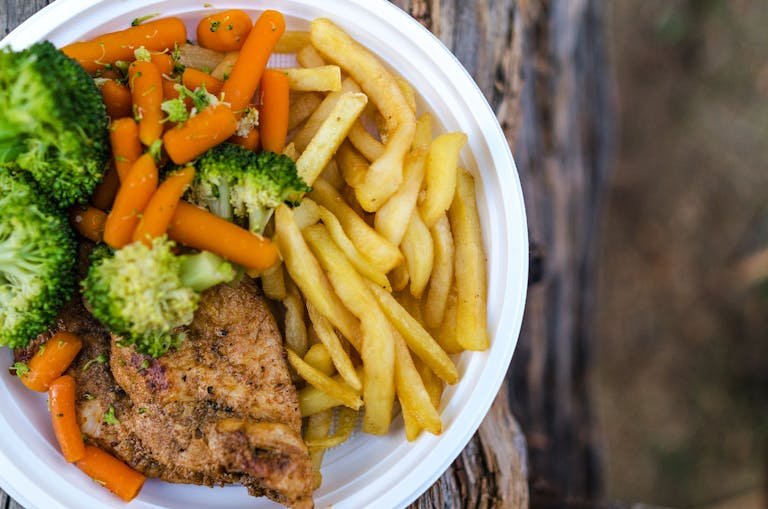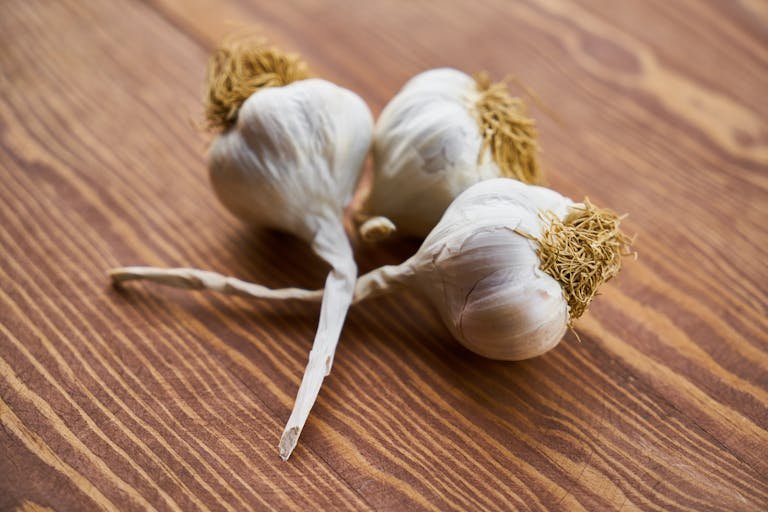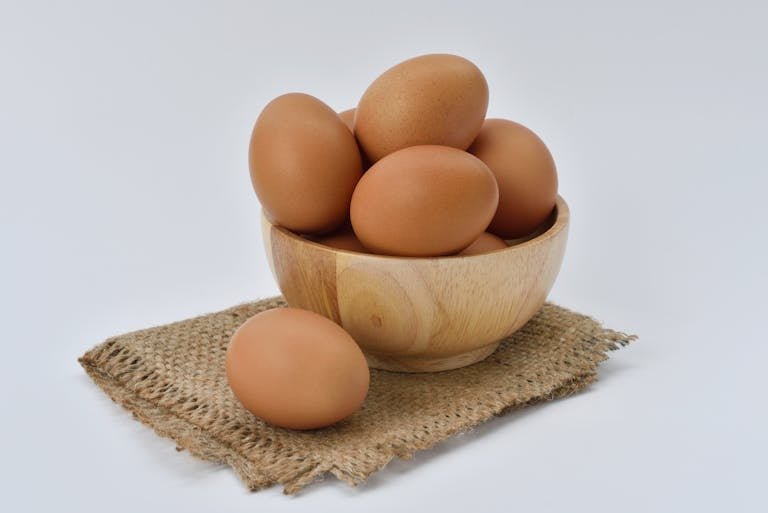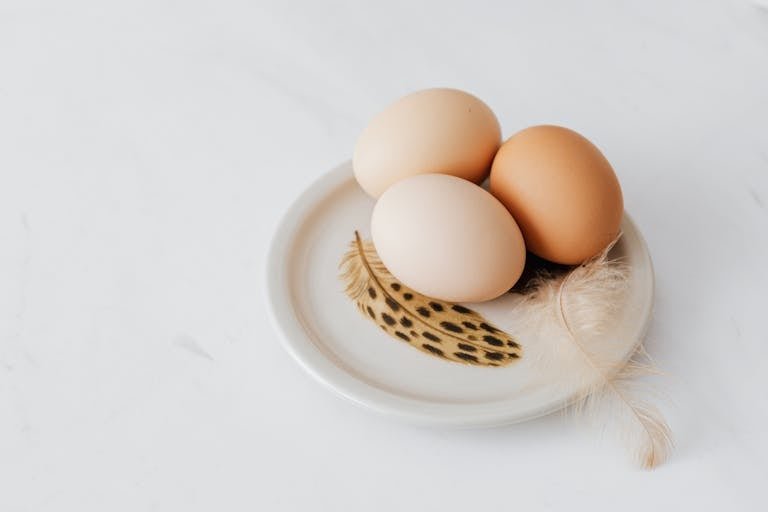Snack Time! Is Celery Safe for Your Feathered Friends?
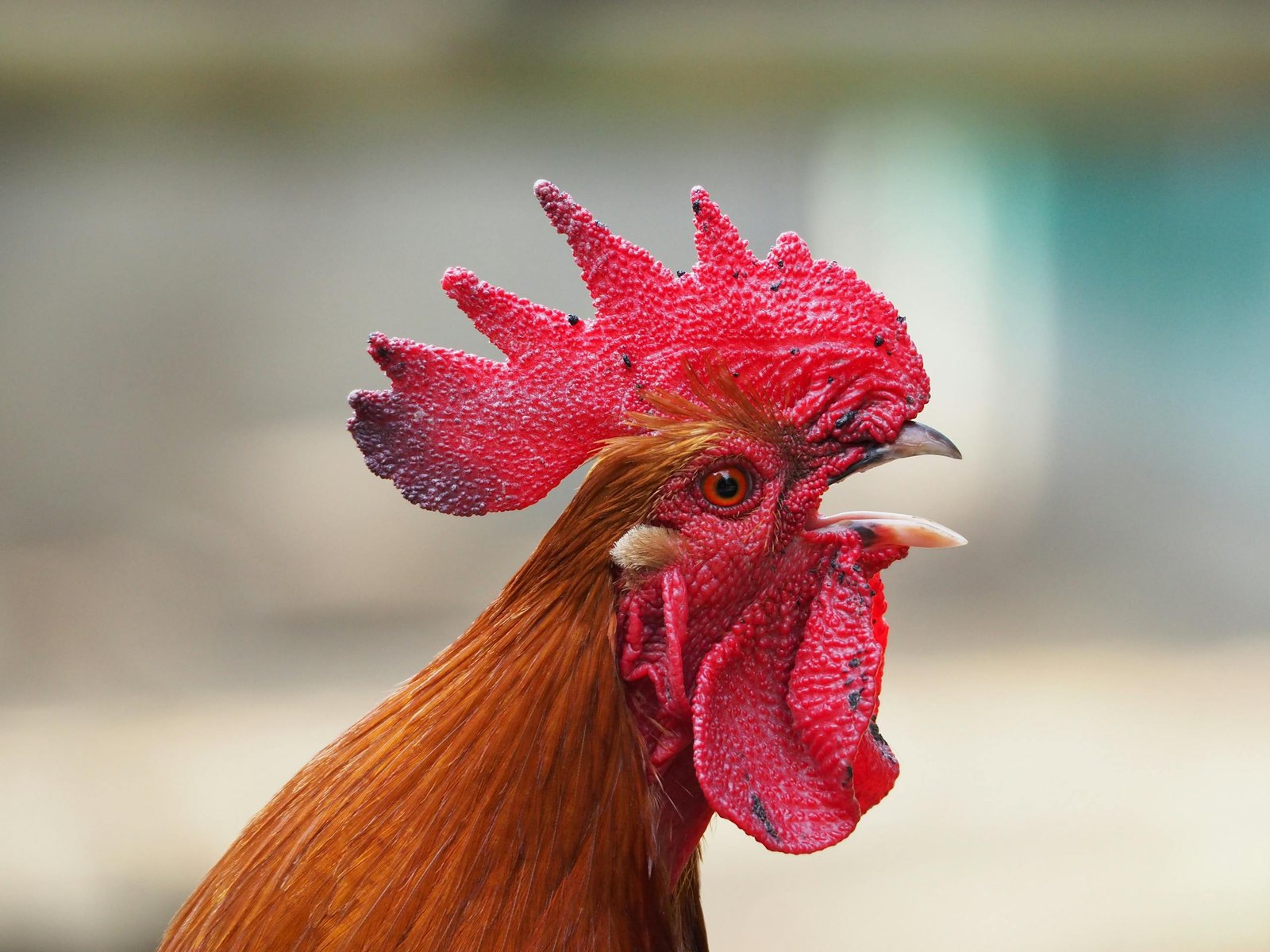
Chickens are delightful creatures that can bring a lot of joy to your backyard. However, keeping them healthy and happy requires understanding their dietary needs. One common question that arises among chicken owners is whether chickens can eat celery. The answer is yes, chickens can enjoy celery as a healthy treat! But, as with any treat, moderation is key. Let’s delve into the details to ensure your flock can safely enjoy this crunchy vegetable.
Can Chickens Eat Celery?
Yes, chickens can safely eat celery. It’s a great way to add variety and extra nutrition to their diet. However, it’s important to prepare it properly to avoid potential issues.
Nutritional Benefits of Celery
Vitamins and Minerals in Celery
Celery is a low-calorie vegetable that packs a punch when it comes to hydration and nutrients. It is primarily composed of water—around 95%—making it an excellent source of hydration for your chickens, especially during hot weather. Celery also contains essential vitamins and minerals, such as:
- Vitamin A: Important for vision and immune function.
- Vitamin K: Crucial for blood clotting and bone health.
- Vitamin C: Enhances immune response.
- Potassium: Helps with nerve function and muscle control.
- Folate: Vital for cell division and DNA synthesis.
Hydration Benefits
One of celery’s most notable benefits is its high water content, which can help keep chickens hydrated, especially during hot weather. Proper hydration is essential for chickens as it aids in digestion, temperature regulation, and nutrient absorption.
Low-Calorie Content
Celery is low in calories, making it an excellent treat that won’t contribute to weight gain. Overweight chickens can face a range of health issues, so offering low-calorie treats is a smart way to keep them healthy and happy.
How to properly feed celery For your chickens
Preparing Celery for Chickens
Selecting Fresh Celery
The first step in preparing celery for your chickens is to choose fresh, crisp stalks. Look for celery that is bright green with minimal blemishes. Avoid celery that is limp or wilted, as it may not be as nutritious or appealing to your chickens.
Washing Thoroughly
Before feeding celery to your chickens, it’s essential to wash it thoroughly under cool running water. This removes dirt, pesticides, or other contaminants that could harm your flock.
Chopping Celery into Small Pieces
Chickens don’t have teeth, so it’s crucial to chop the celery into very small pieces to prevent choking. Aim for pieces that are about 1/4 inch or smaller. You can use a knife, food processor, or veggie chopper to achieve the desired size.
Removing Stringy Fibers (Optional)
Celery stalks contain stringy fibers that can be difficult for chickens to digest. While not strictly necessary, you can use a vegetable peeler to remove some of these outer strings before chopping the celery. This extra step can make the treat easier for your chickens to enjoy.
Feeding Celery to Chickens
Introducing Celery Gradually
When offering celery to your chickens for the first time, start with a small amount. Introducing new foods gradually allows you to monitor their reactions and ensure they don’t experience any digestive upset.
Observing Chickens’ Reactions
Pay attention to how your chickens respond to the celery. Some chickens might take to it immediately, while others might need a little time to adjust. If you notice any adverse reactions, such as diarrhea or changes in behavior, discontinue feeding celery and consult with a veterinarian if necessary.
Feeding in a Clean Area
To prevent contamination, don’t toss the chopped celery into the chicken’s feeder or run. Instead, find a clean, dry area outside the coop to scatter the celery pieces. This keeps their main feeding area clean and reduces the risk of droppings contaminating the treat.
How Much Celery is Too Much?
There’s no one-size-fits-all answer to how much celery is too much for chickens. Several factors come into play:
- Number of Chickens: A small flock of 3-4 chickens will obviously consume less than a larger flock of 10 or more.
- Treat vs. Diet: Celery should be a treat, not a dietary staple. Ideally, treats like celery should only make up about 10% of their overall diet.
- Age and Health: Younger chicks and older chickens may have different digestive tolerances. Start with a very small amount for any new food.
Guidelines for Feeding Celery
Recommended Amounts
- Small Flock (3-4 Chickens): Limit celery treats to no more than a handful (approximately a cup chopped) per day.
- Larger Flock (8-10 Chickens): You can offer up to 1 cup of chopped celery for the whole flock.
Preparation Tips
- Chop into Small Pieces: Ensures easier consumption and reduces the risk of choking.
- Remove Stringy Parts: The fibrous strands can be difficult for chickens to digest and can pose a choking hazard.
Proper Preparation of Celery
To ensure your chickens can safely enjoy celery, proper preparation is crucial:
- Chop into Small Pieces: Small pieces are easier for chickens to eat and reduce choking risks.
- Remove Stringy Parts: The fibrous strands should be removed to avoid digestive issues.
Incorporating Celery into Chicken Diets
Balance is key when adding treats like celery to your chickens’ diet. Here are some tips:
- Balance Treats and Feed: Ensure that treats, including celery, do not exceed 10% of their overall diet.
- Seasonal Considerations: Celery can be particularly beneficial during hot weather due to its hydrating properties.
Signs of Overfeeding Celery
Be vigilant for signs that your chickens might be overindulging in celery:
- Diarrhea: Indicates digestive upset.
- Changes in Behavior: Lethargy or unusual behavior can signal nutritional imbalances.
- Decreased Feed Intake: If chickens are eating less of their formulated feed, it might be due to filling up on celery.
Safety Considerations
Avoiding Contamination
Cleanliness is paramount when feeding chickens any type of treat. Ensure that the celery is free from dirt and pesticides, and always provide it in a clean environment to avoid potential health issues.
Providing Grit for Digestion
Chickens need grit to help grind up their food in the gizzard, especially when they consume tougher vegetable pieces like celery. Grit is available at most feed stores and should be offered alongside vegetables to aid in digestion.
Monitoring Quantity and Frequency
While celery is a healthy treat, it should only be given in moderation. Overfeeding treats can lead to nutritional imbalances and health issues. Aim to provide celery as an occasional treat rather than a daily staple.
Also Read: How Long Do Chickens Sleep
Final Words
Celery can be a nutritious and hydrating treat for your chickens when prepared and fed correctly. By following the steps outlined above, you can safely introduce celery into their diet, providing them with additional vitamins and minerals while keeping them hydrated and happy. Remember, treats should complement their main diet and be offered in moderation to maintain a balanced and healthy flock.
